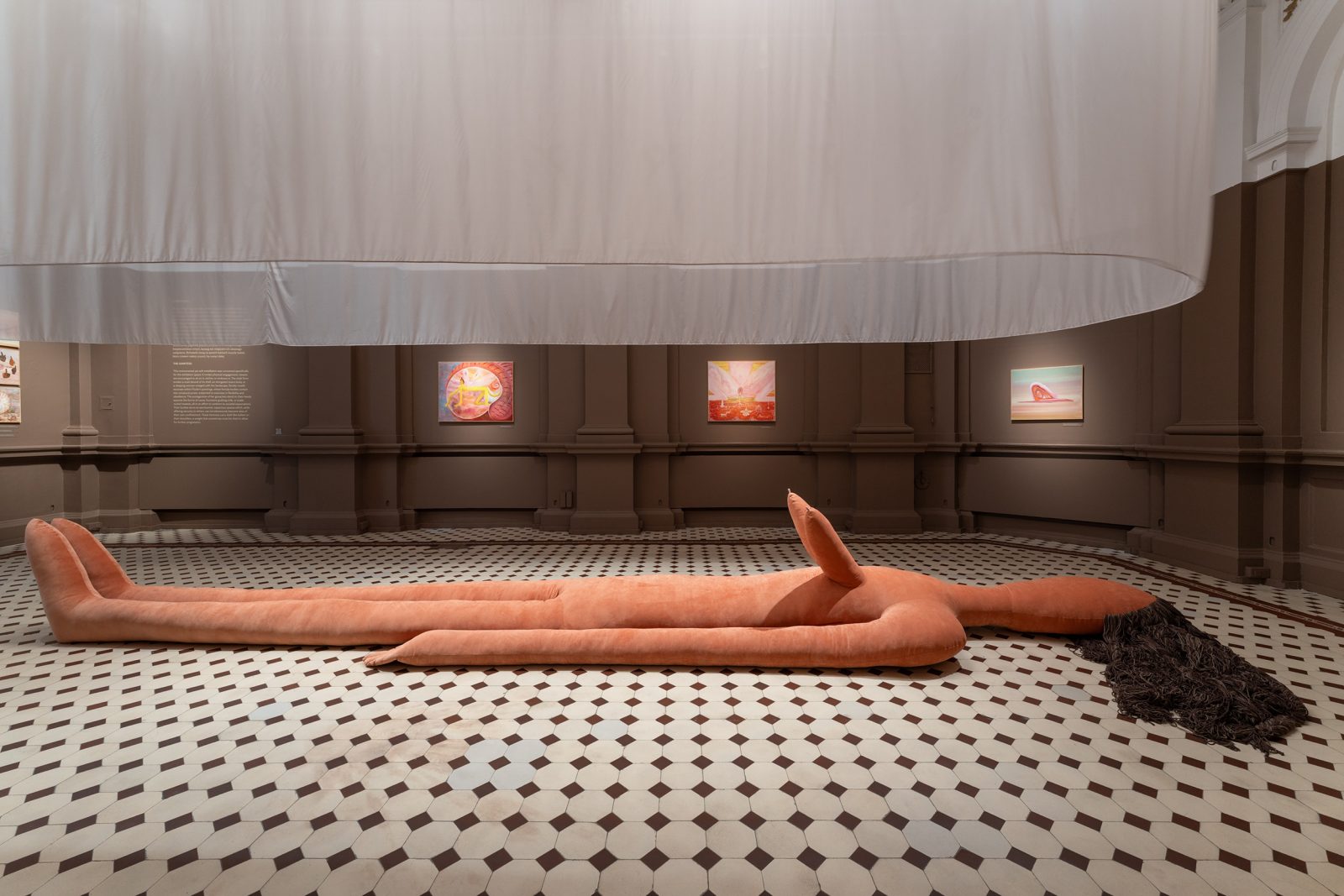
About trimmings throughout the home
Encyclopaedic definitions trace the etymology of the Polish word “pasmanteria” (English haberdashery/trimmings) to the Italian term “passamano”, meaning a ribbon, bow, or cord used to embellish and finish fabrics. In everyday usage, haberdashers is a shop selling a variety of sewing accessories and materials. Its broader meaning embraces an array of textile products crafted to adorn, strengthen, or finish garments, decorative fabrics, and upholstery, as well as small items of interior décor.
However, Old Polish reveals another expression that perfectly fits the context and allows to view haberdashery and trimmings within the domestic setting.
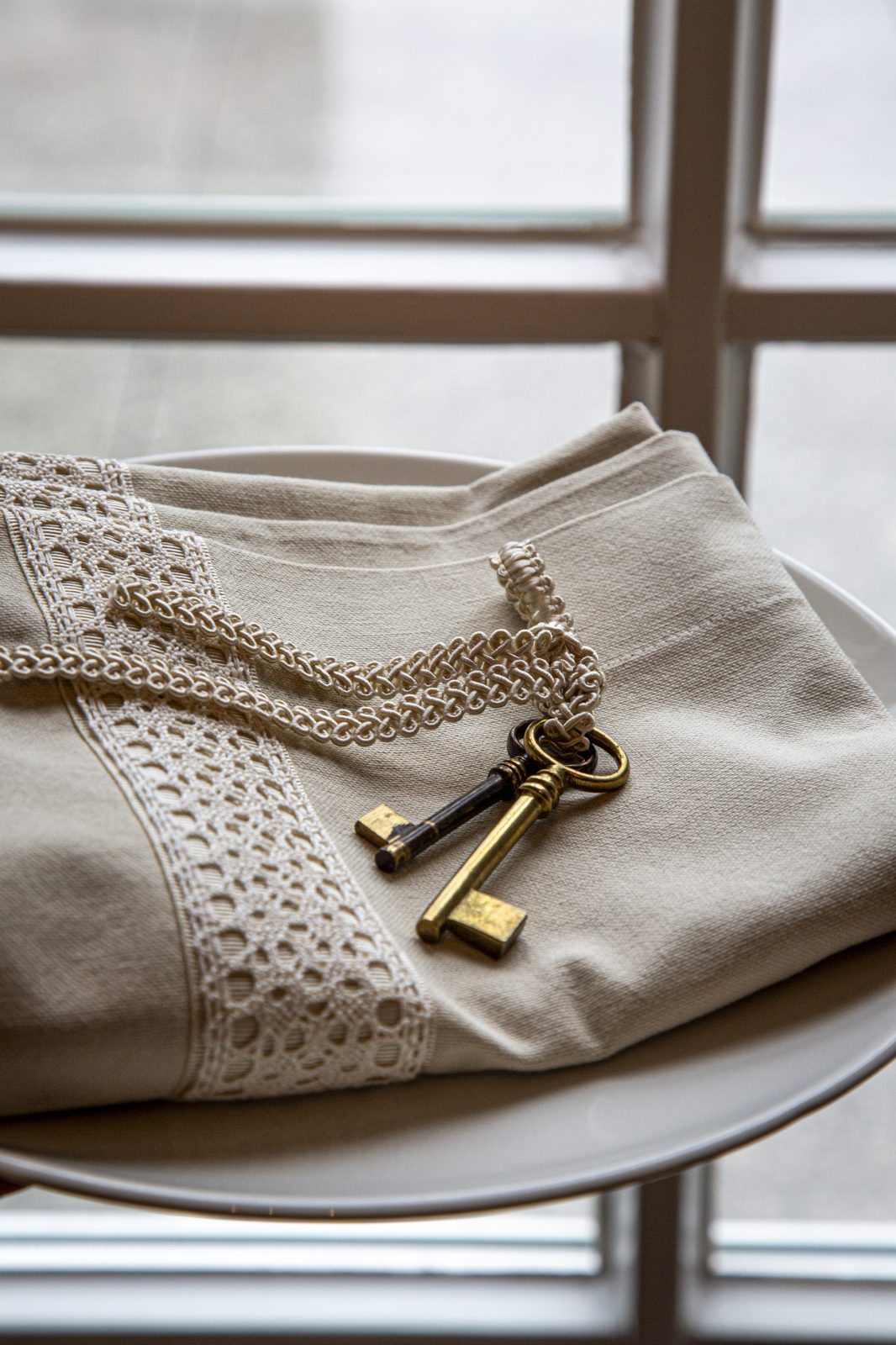
In the past, decorative haberdashery and trimmings were known as necessities.
It is, in fact, everyday needs of home life that inspire the finishing touches in every corner and nook.
Among all everyday household items, textiles often fall into a special category of imponderables, objects that elude conventional categories or assignment to any specific product group.
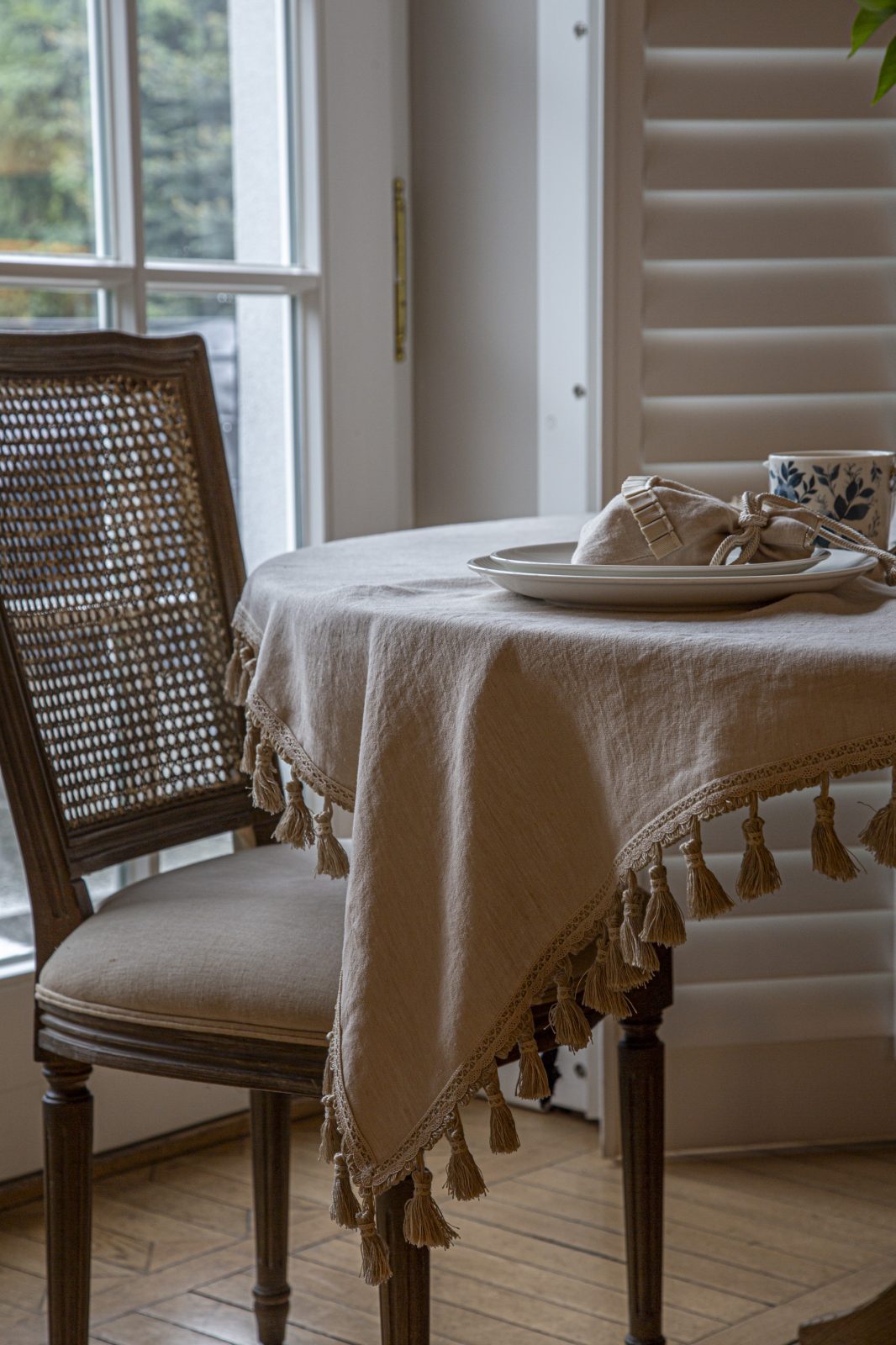
Pouches, drawstring bags, and covers shielding garments, guarding precious keepsakes, discreetly storing personal cosmetic essentials etc. Table linens for special occasions or kitchen textiles for demanding endeavours. Cushions and bolsters of all sizes, settling into every corner of the home.
Home textiles, cherished for their intimate role in daily life and the traditions they carry from one generation to the next, are naturally open to personal touches and demand meticulous attention to every detail. These details, in turn, decide whether an item is good, exceptional, or just ordinary; they are what truly “makes the difference”.
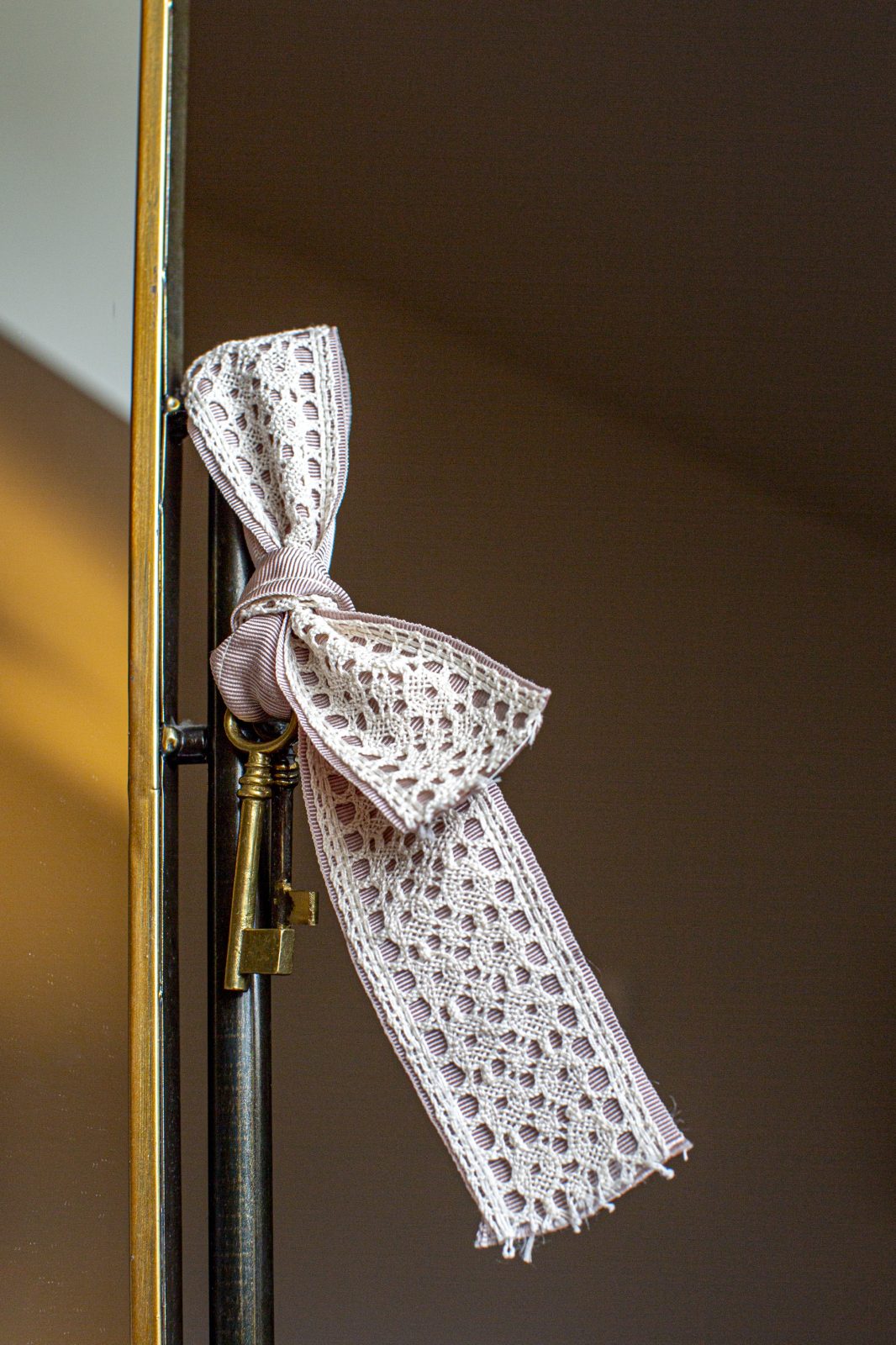
Home textiles adore trimmings, with all their tiny elements, nuances, and details that have a profound impact on the final quality and overall impression.
In the realm of textile treasures, trimmings represent what is most valuable in the art of design, delivering flawless craftsmanship, refined colour palettes, and distinctive textures that together infuse every creation with depth and character.
Depending on the context, they may simply adorn the surface of the fabric, or at the same time finish the edges and enhance the comfort of use. Whatever the application, they invariably lend an air of charm and sophistication to the interior.
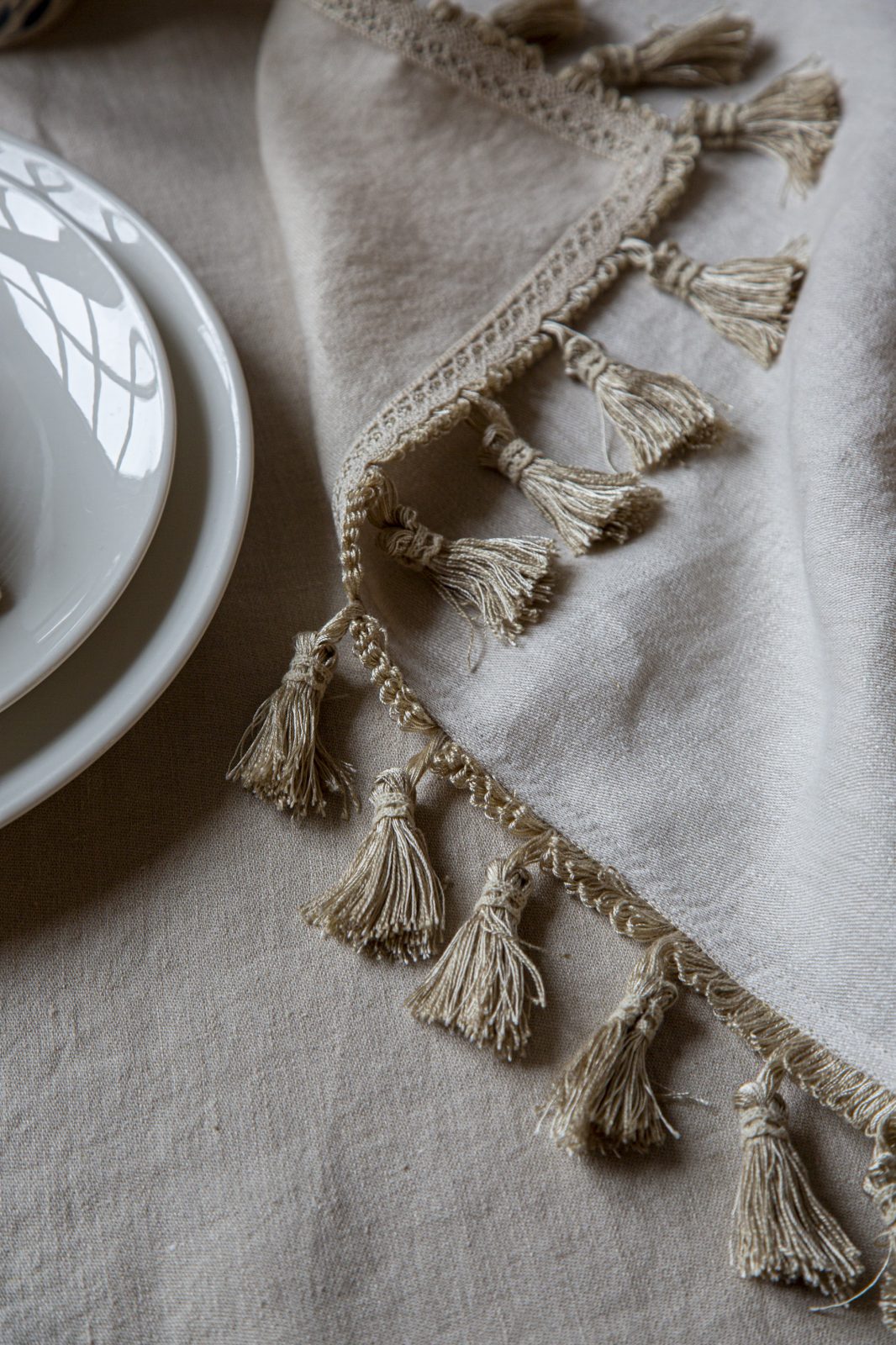
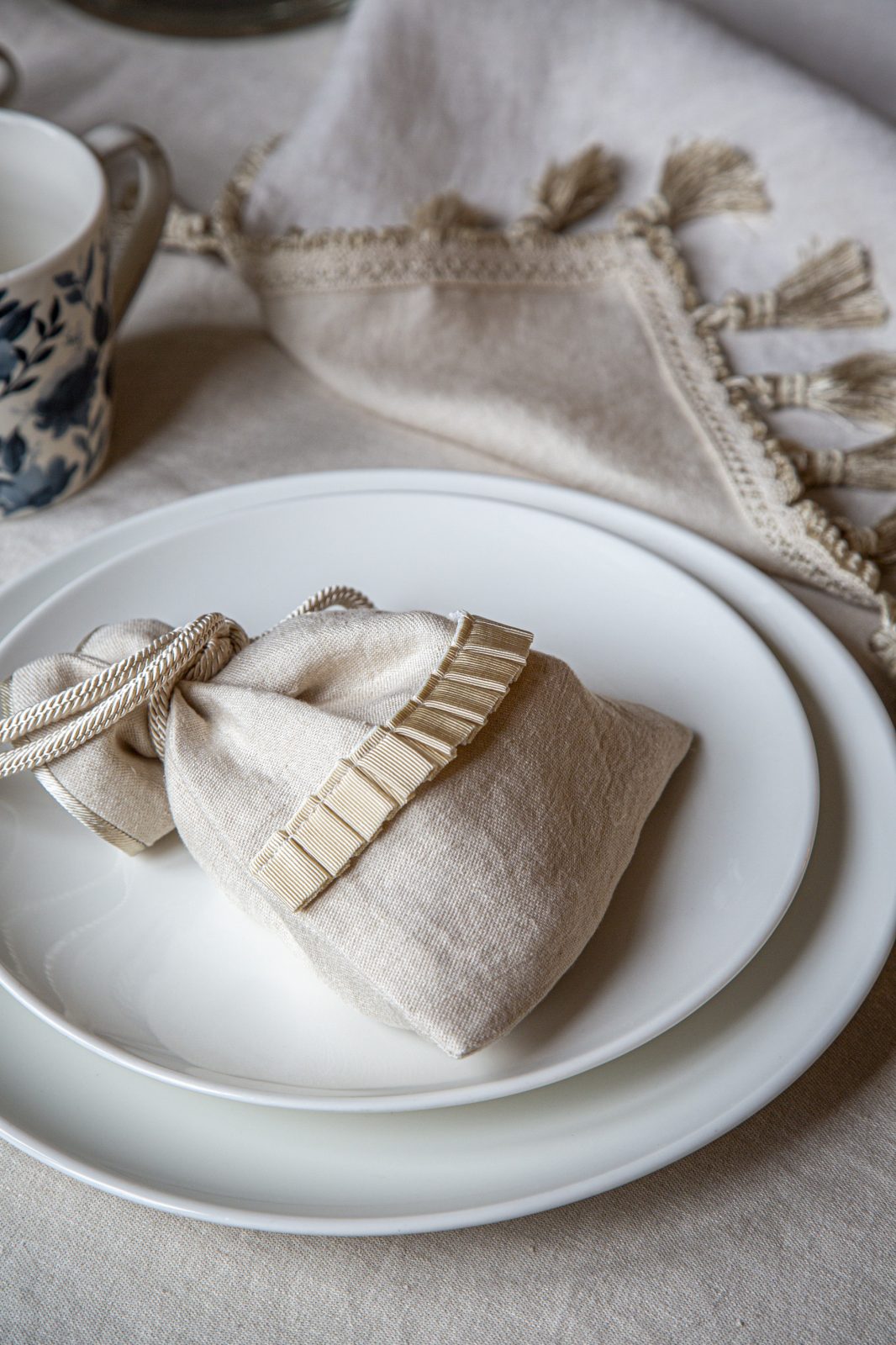
In different places and scales, and yet…
Trimmings are usually reserved for the most prestigious interiors in the home – living rooms and salons with spaces dedicated for relaxation. In these spaces, they tend to appear in their most conventional form of cords and tassels gathered in curtain tiebacks, or ornamental piping adorning cushions. As traditional galloons and reinforcement tapes, they remain an inseparable finishing element of stylish upholstered furniture.
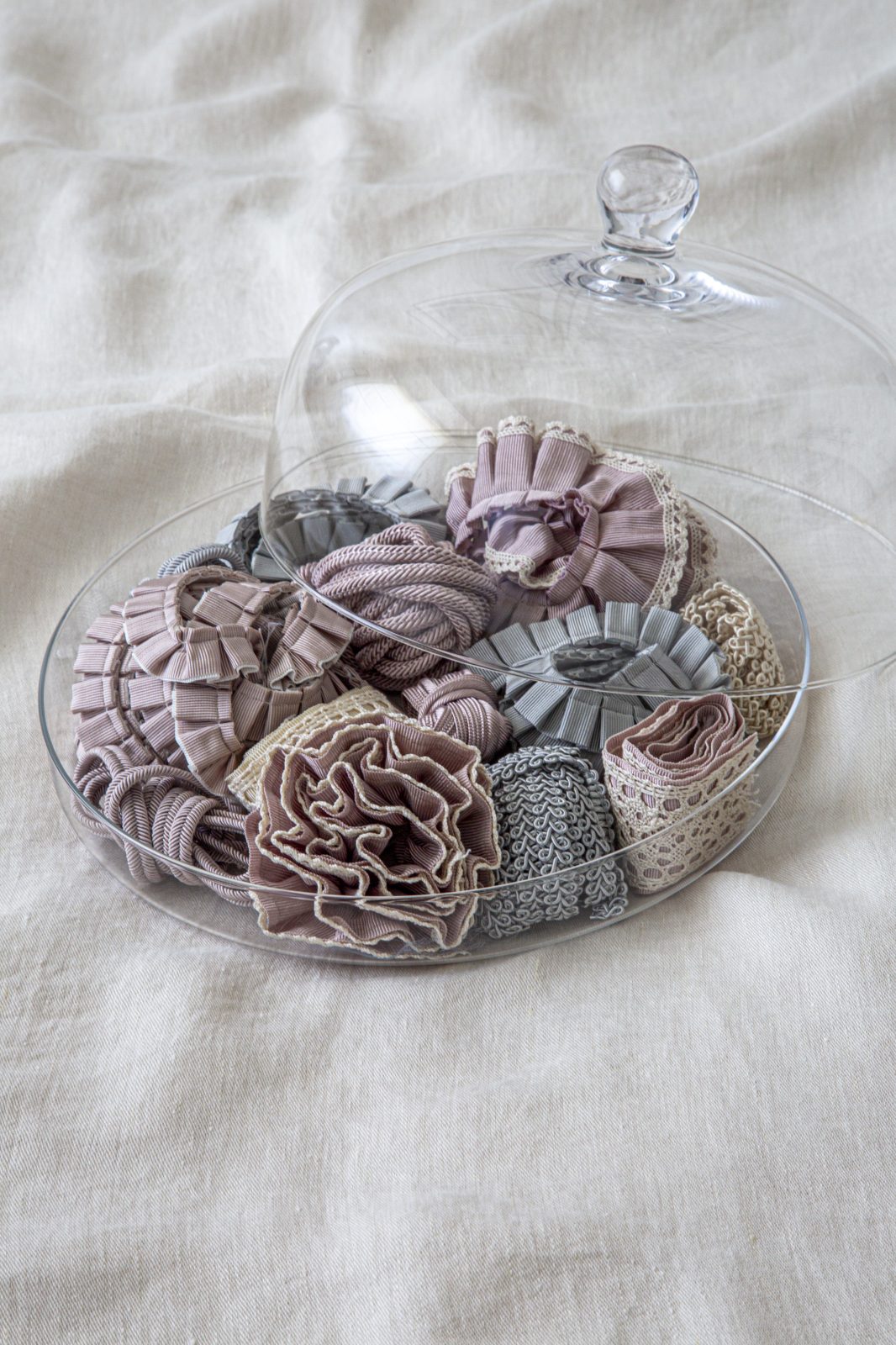
The bedroom is another space often enriched with trimmings, with countless pillows adorned with refined finishes that enhance their appeal, regardless of the fabrics’ simplicity. In addition to galloons, bindings, and edgings, bedspreads and throws often feature gimps (cords twisted from silk, wool, or cotton strands, stiffened within), fringes (silk or metallic-thread tapes with loose strands hanging from one side) and bullion trims (narrow silk tapes finished with short tassels or pleats on one edge).
Table linens offer an infinite sea of possibilities, with the details of napkins, tablecloths, runners, serviettes, and modern placemats setting the tone of splendour and abundance. This is where the spotlight falls on all kinds of woven bands, ribbons, tapes, and laces of every width for edging or applying across surfaces.
Even subtler forms of trimmings can be found among kitchen and bathroom imponderables, embellishing not only the most sophisticated, but also the most personal of items.
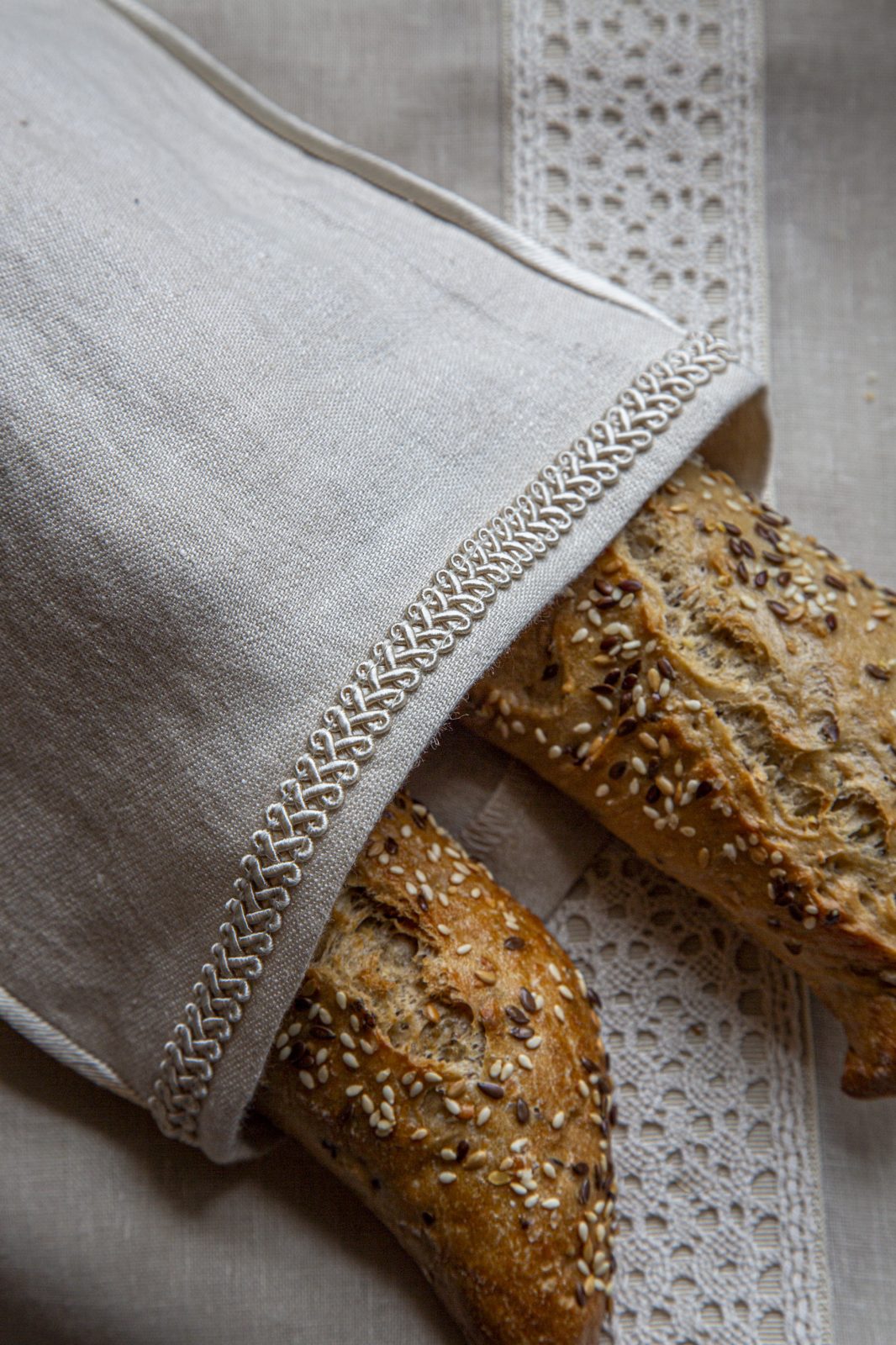
In the tradition cherishing kitchen, the tiniest of bindings, cords, galloons, and finishes adorn tea towels, bread bags, napkins for lining bread baskets, jar covers for preserves, teapot cosies etc.
Of all the rooms in the home, the bathroom is perhaps least commonly associated with trimmings. Unjustly so, for in its quiet retreat, we surround ourselves with textiles that echo the intimacy of our daily rituals. Woven bands (plain and patterned jacquard) are used to finish the edges of towels and bathrobes (also serving as personalising elements that prevent mix ups detrimental to hygiene).
Decorative, often lustrous bindings or lacets (braided ribbons) lend a special charm to pouches and cosmetic cases designed for the most personal items that, enjoyed in the quiet of home, elevate the comfort and richness of everyday life.
The blog entry features trimmings from DEKOMA’S Victorian collection
Text and creative thought: MBBM Studio
Photographs: Borys Miller
Styling: Małgosia Bernady
Glossary:
Piping – decorative cords or tapes used in upholstery to finish the edges of furniture, cushions, and other upholstered elements. They are used for decorative purposes and to reinforce seams and fabric joins.
Galloons – decorative textile tapes for sewing onto home textiles or garments, often embellished with additional ornamental elements such as sequins, pom poms, or tassels.
Reinforcement tapes – textile tapes used to stiffen and strengthen the edges of textiles, offering a refined finish, e.g. discreetly concealing seams.
